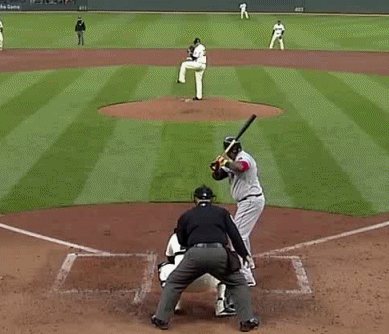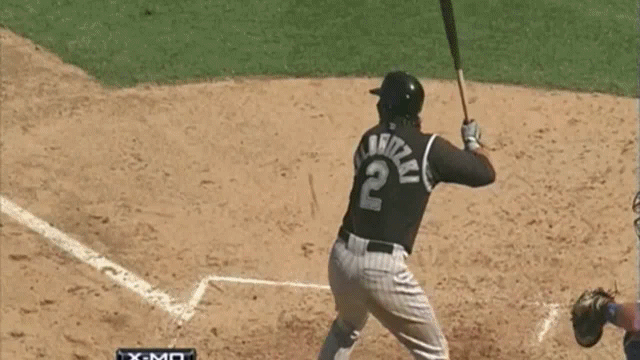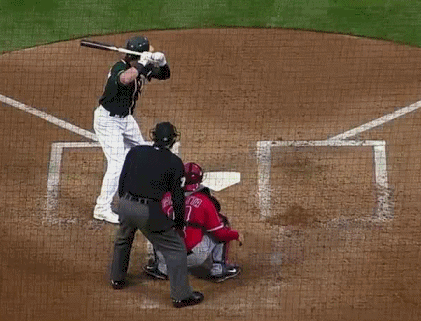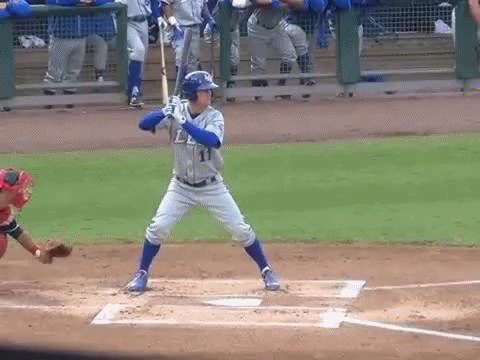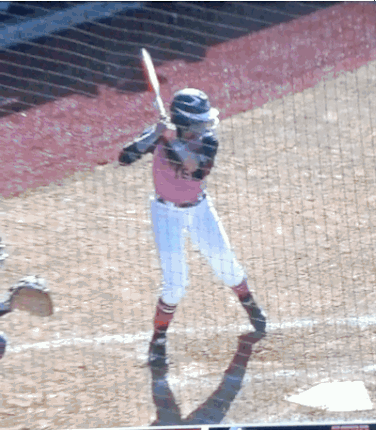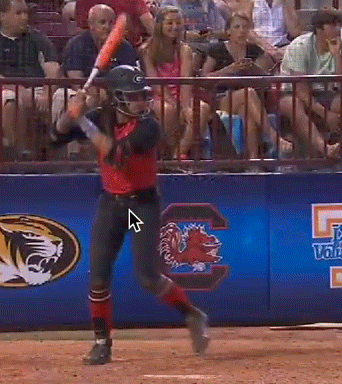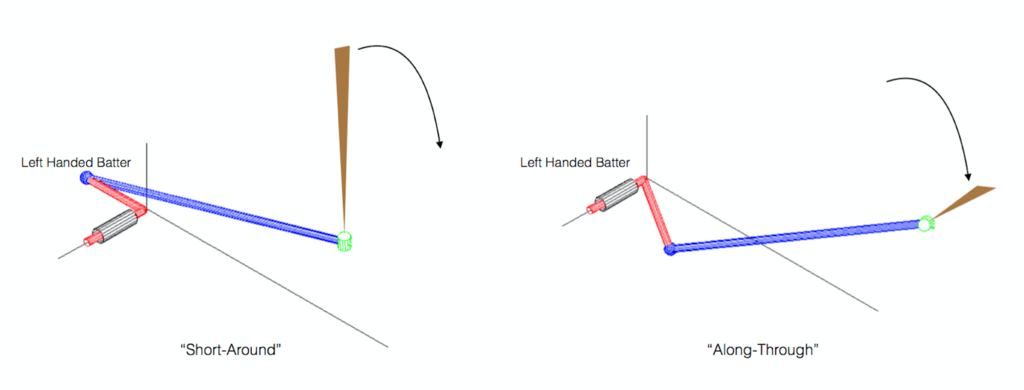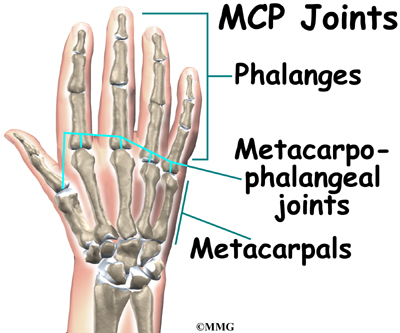While the lat is .. important in rotational power and putting our body at a good side bend, its contraction adducts and extends the arm, but also medially (internally) rotates the shoulder joint….[L]ook at Donaldson’s movement again. Is the rear shoulder joint internally rotating? Is the top hand (or rear elbow) moving toward the ball …?
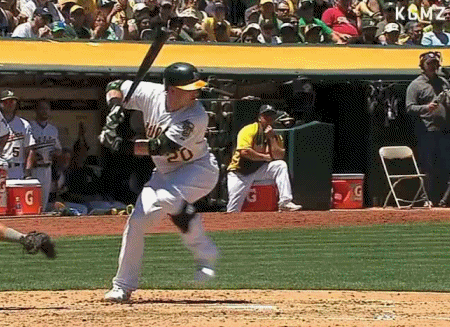
No and no. Even though the front side is opening and the rear arm is working down, the rear shoulder joint is NOT internally rotating further … [N]otice the rear arm’s elbow work straight down from its highest position instead of toward the hip. He isn’t “slotting” the rear elbow toward the hip. [T]here is something preventing the rear scapula from going into protraction and the rear shoulder from being pulled into excess internal rotation. There is an external (lateral) rotation and scapula retraction component as well.
...[T]he front side is opening and trying to turn. But the rear side is hanging on strong to that shoulder joint (retraction) while the lat pulls down the rear arm. What prevents the lead shoulder blade from falling into excessive protraction is the same thing that is preventing the rear shoulder blade from moving into excessive protraction – the rotator cuff muscles and the middle/lower trapezius. This movement can really be seen by looking from the catcher’s angle. Below is Bryce Harper. .. See how his rear elbow gets to the green line and hangs out as close as possible for as long as possible.
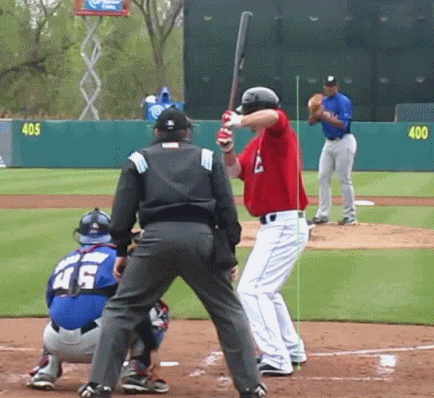
[W]hen Harper starts his bat swing, the movement actually brings the handle CLOSER to his body instead of rushing forward toward the ball.
Source: Shoulder Function - Part Two - East Bay Hitting Instruction
Disclaimer: The presentation is educational for the sole purpose in defining the biomechanical events that occur in the swing. This poster makes no endorsement in what the authors sells, teaches, or opines, and acknowledges that the visuals may be subject to interpretation.
Last edited:



